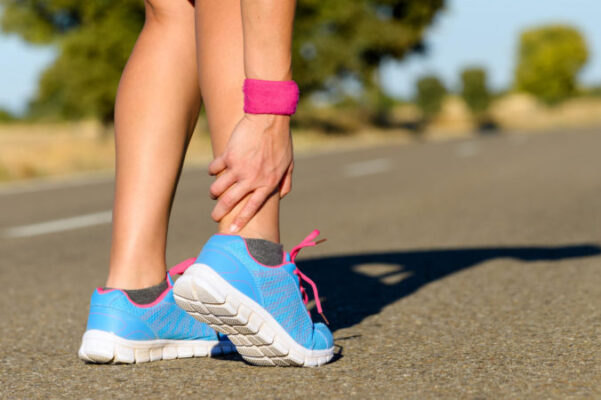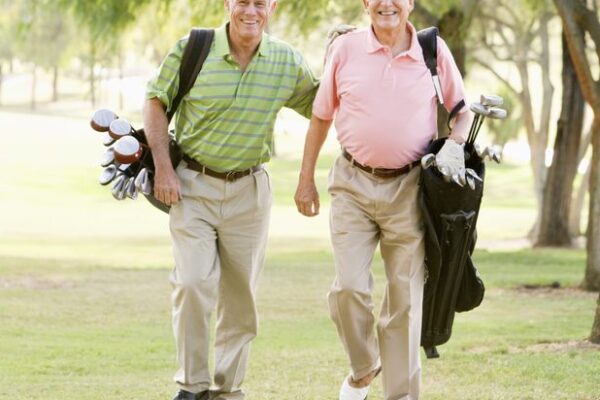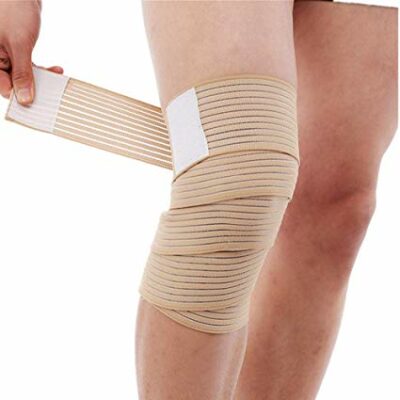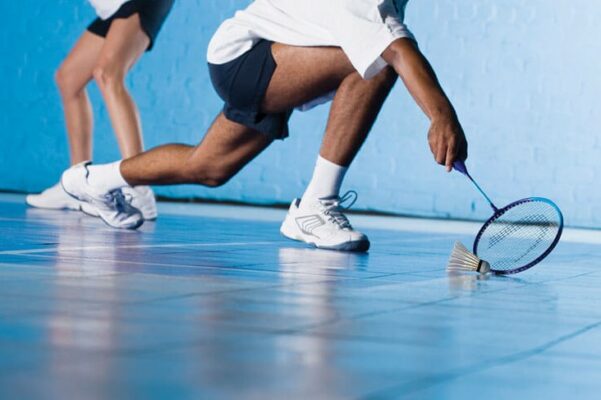Sport injuries occur as a result of physical activities carried out either for general recreational purposes or with more professional goals in mind. They may be caused by accidents or by overuse, and they do not necessarily differ from injuries sustained in non-sporting activities.
Most sports injuries are minor but must be treated effectively if they want to go back to their sport at the earliest opportunity,
Injuries heal at varying paces depending on their severity and location. If rehabilitation is to be complete, it is essential that whoever is treating the injury should have a thorough knowledge of the healing process in different tissues and should also be thoroughly familiar with the demands of the sport concerned.

Injuries due to trauma include fractures, joint dislocations, ligament tears, tendon injuries and muscle haematomas, strains and ruptures.
Injuries due to overuse
Overuse syndromes are particularly difficult to diagnose and treat. They are becoming increasingly common as sport intensity and training increases.
This type of injury is caused by overload or repeated microscopic injuries to the muscular skeletal system. The body can be made more susceptible to injury if there is muscle imbalance, or other anatomical reasons such as malalignment of the leg.
Also there can be training errors, faulty technique, incorrect equipment and surfaces and poor conditions.
If injuries are to heal satisfactorily they must be treated in the right way at the right time.
The treatment includes:
Rest- for the correct amount of time
Ice- to minimise pain and swelling
Support- such as initial compression bandage and then possibly some form of taping
Painkillers- and possibly anti-inflammatories
As well as
Ultrasound– to speed up the healing
Massage– This can have fantastic result in muscle tears such as Hamstring and Calf
Graduated exercise regime– to restore body back to normal strength and function
It is important to monitor the healing process so that the injured area is not overused and healing delayed. Athletes may not have the patience to wait for an injury to heal so the physiotherapist has an important role to play in overseeing the training program during rehabilitation

Important factors in Relation to Sports injuries
1. Age
Age affects the strength and resilience of the tissues. Muscle strength begins to decline around 30-40 and the elasticity in tendons and ligament around the age of 30! Inactivity accelerates this degeneration whilst activity delays this.
2. Experience and Training
Beginners tend to suffer more injuries. Also there are more injuries at the end of a match due to fatigue
3. Technique
This is especially important in Tennis and Golf
4. Warm up
An insufficient warm up may contribute to muscle and tendon injuries
What to do immediately after an injury
PRICE therapy
Minor injuries, such as mild sprains and strains can often be initially treated at home using PRICE therapy for two or three days.
PRICE stands for protection, rest, ice, compression and elevation.
- Protection – protect the affected area from further injury – for example, by using a support
- Rest – avoid exercise and reduce your daily physical activity. Using crutches or a walking stick may help if you can’t put weight on your ankle or knee. A sling may help if you have injured your shoulder.
- Ice – apply an ice pack to the affected area for 15-20 minutes every two to three hours. A bag of frozen peas, or similar, will work well. If you are using ice cubes wrap them in a tea towel so that they do not directly touch your skin and cause an ice burn.
- Compression – use elastic compression bandages during the day to limit swelling.
- Elevation – keep the injured body part raised above the level of your heart whenever possible. This may also help reduce swelling
Pain Relief
Painkillers, such as paracetamol, can be used to help ease the pain.
Ibubrufen and other non-steroidal anti-inflammatory drugs (NSAIDs) tablets or creams can also be used to ease pain and reduce any swelling.
Immobilisation
Immobilisation can sometimes help prevent further damage by reducing movement. It can also reduce pain, muscle swelling and muscle spasm.
For example, slings, splints and casts may be used to immobilise injured arms, shoulders, wrists and legs while you heal.
If you have a sprain, prolonged immobilisation is not usually necessary, and you should try gently moving the affected joint as soon as you are able to do so without experiencing significant pain.

Many individual sports injuries are covered in this website so refer to each one for guidance on treatment and protocols.
Extracts from NHS site
and from Sports Injuries-Dr Lars Peterson and Dr Per Renstrom

